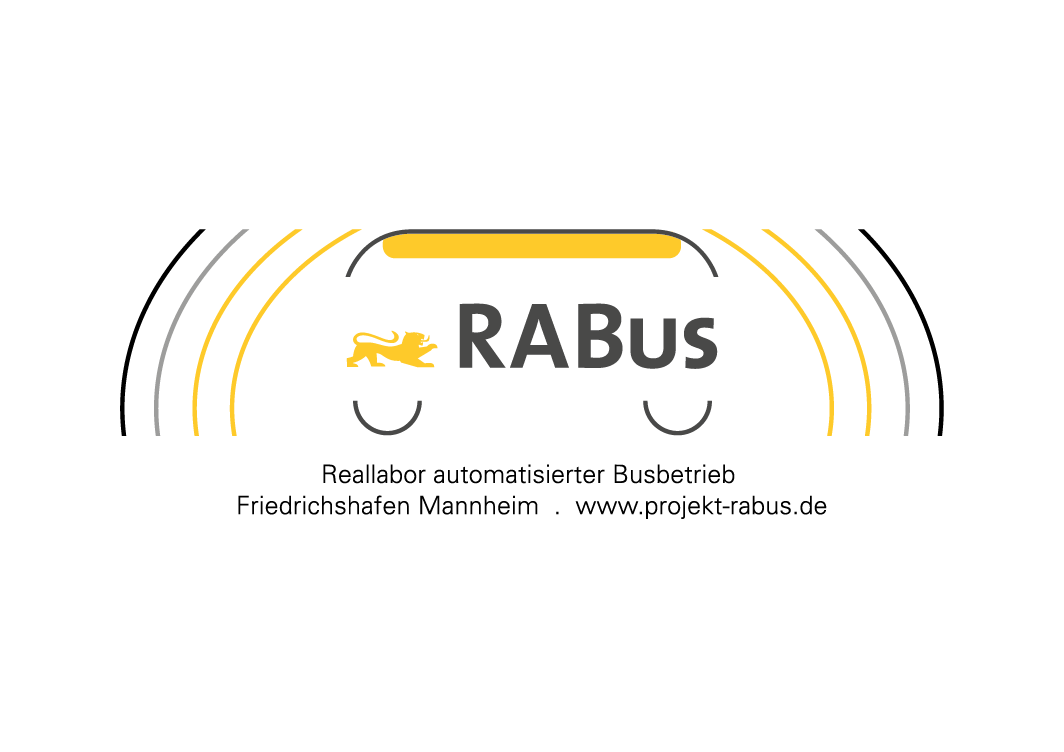The web page would like to load the following external sources:
These are not loaded for data protection reasons! Activate JavaScript if you want to load this content. You only see the local content.


PD Dr.-Ing. Martin Kagerbauer
Christian Klinkhardt, M.Sc.
Dipl.-Ing. Michael Heilig
Jelle Kübler; M.Sc.
Emre Görgülü, M.Sc.
Ministerium für Verkehr Baden-Württemberg
Forschungsinstitut für Kraftfahrwesen und Fahrzeugmotoren Stuttgart (FKFS) (Konsortialführer)
DB ZugBus Regionalverkehr Alb-Bodensee GmbH (RAB)
Rhein-Neckar-Verkehr GmbH (rnv)
Stadtverkehr Friedrichshafen GmbH (SVF)
ZF Friedrichshafen (ZF)
2020
2025
By clicking on the button below, data is loaded from the following external servers:
Personal data (e.g. your IP address) is transmitted to these external servers.
The web page would like to load the following external sources:
These are not loaded for data protection reasons! Activate JavaScript if you want to load this content. You only see the local content.
Many stakeholders currently expect the use of autonomous minibuses to increase the attractiveness of public transit. The resulting modal shift to public transport is desirable for reasons of environmental protection and comparatively low land consumption. However, this shift can only be achieved if the service is attractive to the passenger. Currently, automated vehicles are only used at low speeds in public transport which increases travel times compared to conventional vehicles. In order to realize a largely economical public transport operation with automated vehicles, they must adapt their speeds to the other means of transport. The transport companies in the RABus project are therefore planning to operate at speeds of at least 40 km/h in urban areas and 60 km/h in suburban areas.
Furthermore, it must be ensured that the offer is accepted by the population. In the RABus project, the Institute for Transport Studies (IfV) is conducting the accompanying research regarding demand, acceptance and effects of different forms of service, such as an on-demand use of autonomous mini-buses or as a feeder to rail-bound public transport.
The project RABus pursues many different goals: The technical feasibility of the use of autonomous mini-buses as well as the traffic effects are to be assessed and recommendations for action compiled. It is ensured the results can later be transferred to other areas. Furthermore, at the end of the project statements on economic evaluation and social acceptance can be made.
In the project RABus, highly and fully automated vehicles are tested in the real-life laboratories in Mannheim and Friedrichshafen in public transport operations. The target speeds of the vehicles are significantly higher compared to those of previous test operations. In Friedrichshafen, a bus line in intercity traffic is to be operated with automatic vehicles at speeds of up to 60 km/h. In Mannheim's new "Franklin" district, the mini-buses will be used as feeder buses to a tram line. The new vehicles will be integrated into the existing public transport system and operated without a safety driver.
As part of the accompanying scientific research, IfV is investigating user acceptance and traffic effects of the operations. Using acceptance research, IfV examines to what extent offers are accepted and where there are still reservations in the population. In this context, their background is also determined, which, for example, influences attitudes towards new technology. Based on surveys, an acceptance model will be developed that reflects individual intentions of use, frequency of use and general conditions of use, such as purpose of use and departure times. Furthermore, it will be investigated which traffic effects, e.g. modal shift effects, the extended public transport service has. The agent-based traffic demand model mobiTopp developed at IfV is used to investigate these research questions. One traffic model each is created for the two real-world laboratories in Mannheim and Friedrichshafen. In addition, a demand model without a concrete spatial reference will be created in order to transfer the effects of automated buses to other areas of the state of Baden-Württemberg.